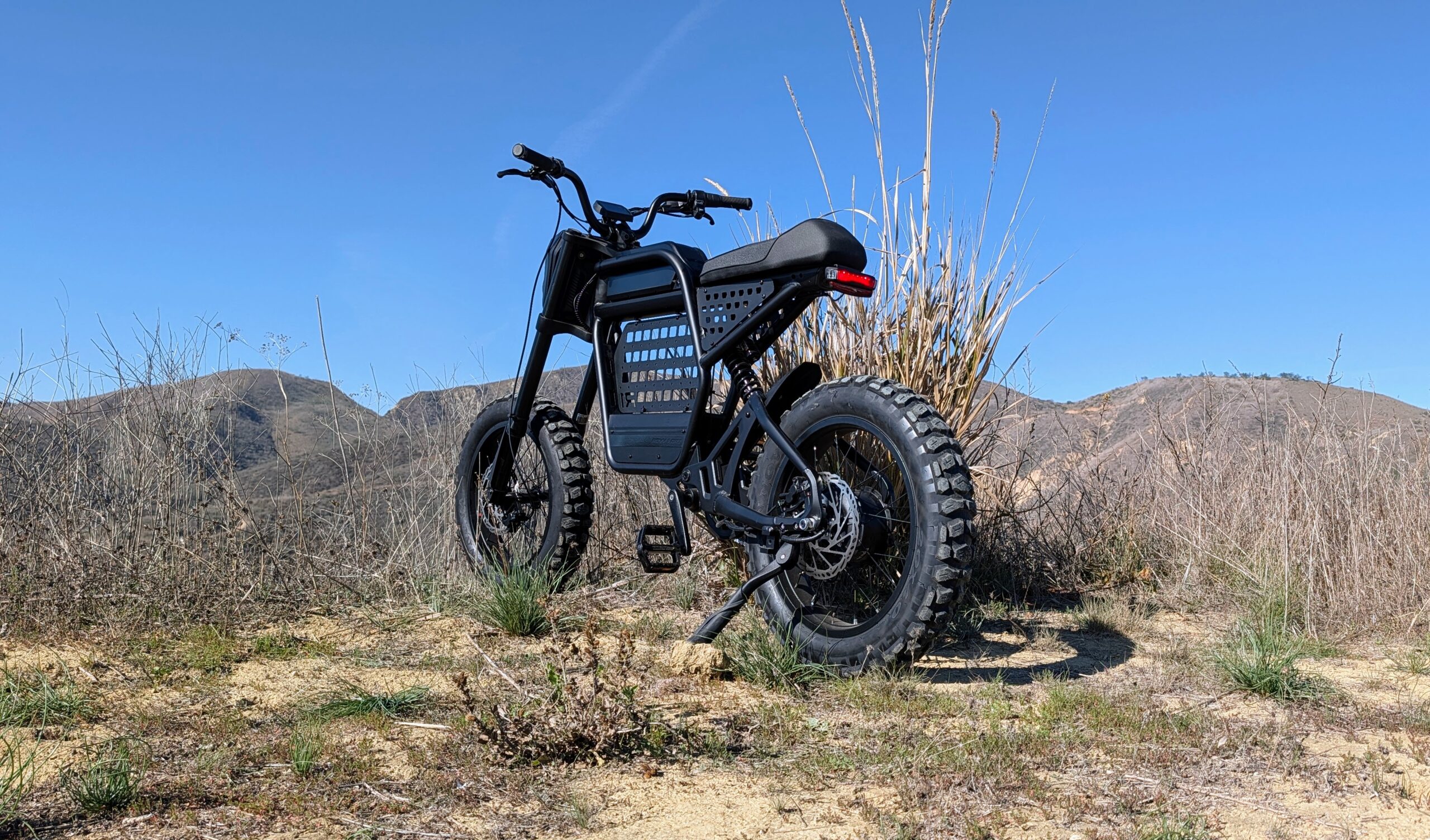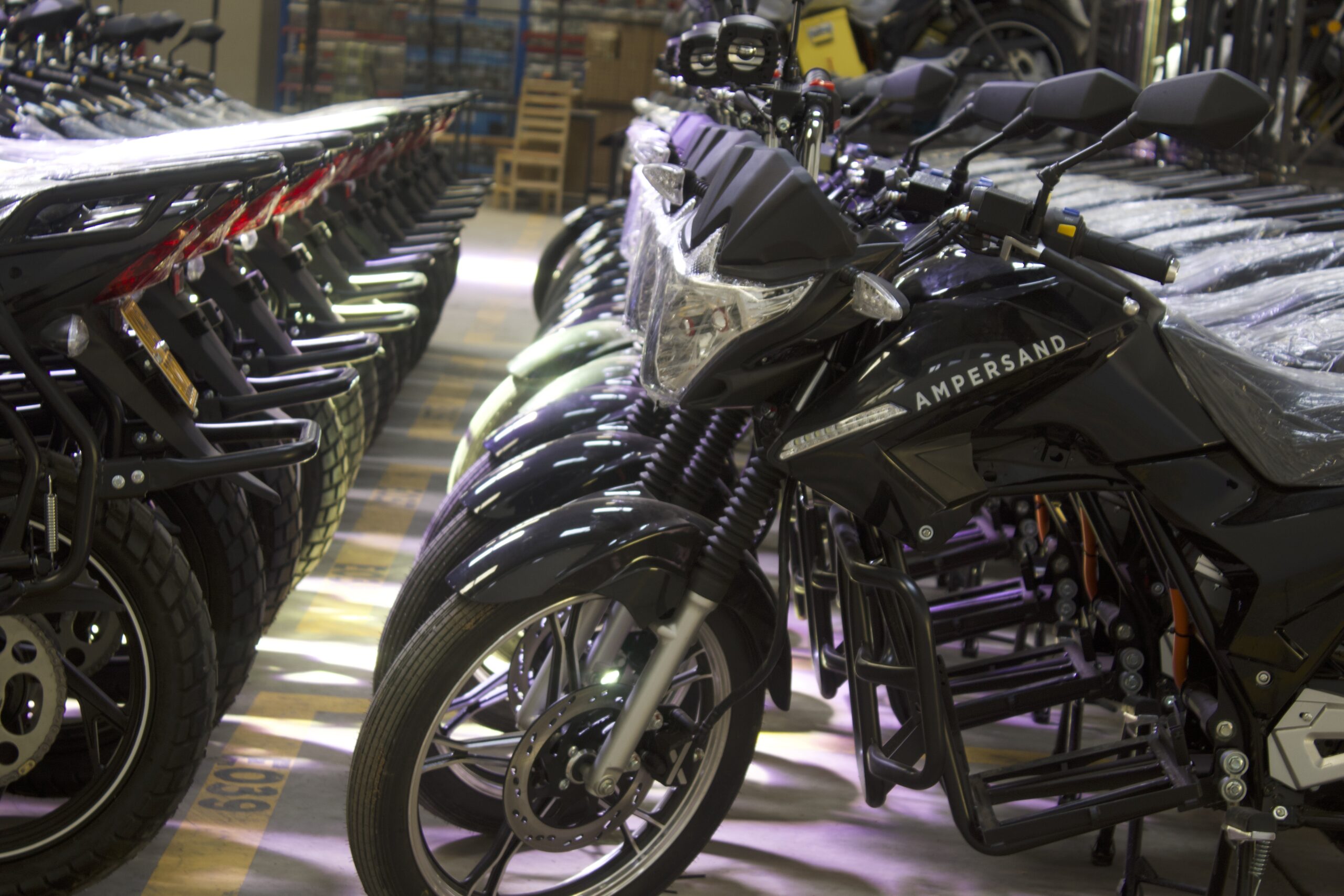 Sign up for daily news updates from CleanTechnica on email. Or follow us on Google News!
Sign up for daily news updates from CleanTechnica on email. Or follow us on Google News!
The European passenger plugin vehicle market scored 244,000 registrations in January, a progression of 18% YoY. Positively, BEVs (168,000 units, +37% YoY) continued to grow despite the drop in EV incentives in certain markets. On the other hand, plugin hybrids (PHEVs) were down, dropping by 5% year over year (YoY) to some 76,000 units. BEVs started the year solidly ahead of PHEVs (69% BEVs vs 31% PHEVs). This being quite a difference from the picture a year ago (61% BEVs, 39% PHEVs).
Because the overall market had a slow month (-3% YoY to a little over one million units), the 2025 BEV share started the year at a strong 17% share, significantly higher than the 12% of a year ago or the 10% of January 2023.
Regarding other powertrains, plugless hybrids continue their never ending rise, going up from 26% share in January 2023 to 29% share in January 2024 to their current 35% share; while petrol was down 21% YoY to 29% share and diesel continued its drop into the abyss, falling from 16% in January 2023 to 12% a year ago to its current 9%. At this pace, expect diesel new car sales to end around 2028….
Also, this meant that 59% of all passenger vehicles sold in January in Europe were electrified (to some degree), robust growth from the 49% score of a year ago. At this pace, expect all new car sales in Europe to be electrified, in some form, by 2030.
Still, with the BEV share starting at 17%, expect the plugin market to grow throughout the year and end the year close to 30% plugin share, with BEVs having two thirds of that, or around 20% share of the overall auto market. That would be a significant departure from the stagnant results of previous years (23% PEV share in 2024, 24% in 2023, and 23% in 2022).
In January, with Volkswagen starting the year at full speed and some of the heavyweights (Tesla …) still recovering from their end-of-year peaks, it was time for a few surprises at the top of the table. One interesting fact is that 3 out of the top 5 models came from the Volkswagen Group galaxy.
Bring on the popcorn, because the next few months will surely be fun to watch!
Looking at the monthly model ranking:
#1 VW ID.4 — The German crossover had its first monthly win in years, scoring 7,040 registrations last month, which allowed it to start in the lead. Sure, do not expect this lead to last — if not in February, then in March, expect the Tesla Model Y coming all guns blazing into #1. BUT. A podium result is surely on the cards in 2025, and maybe the ID.4 could have a shot at displacing the Model 3 from the runner-up spot, improving on its bronze medals achieved in 2022 and ’23.
#2 Skoda Enyaq — The 6,695 deliveries of January didn’t allow it to start the year in the leadership spot, but this is nevertheless a good score. But with its slightly younger sibling, the Elroq, currently in ramp-up mode, one wonders if the Czech model will continue being a frequent presence in this top five. Having been 3rd place in 2024, Skoda’s crossover will have a hard time staying on the podium, not only because of the Elroq’s internal competition, but also because external competition is becoming ever more fierce.
#3 Tesla Model Y — The made-in-Germany crossover was the bronze medalist model, with 5,890 registrations, down 49% YoY. This was its worst result since October 2022. But with the refreshed version coming soon, that should allow it to recover sales. Tesla will look to keep both models in the top two positions by the end of the year, as it has done since 2022. However, while the Model Y should keep its best seller crown, the Model 3 will have a hard time staying on the podium, let alone in the #2 spot.
#4 VW ID.7 — The German midsize-to-fullsize liftback hit 5,852 registrations last month, making it the second record month in a row for the big VW. This recent popularity increase had to do with the addition of the station wagon body and AWD capabilities, in the form of the GTX version. Amazingly, the ID.7 ended just 38 units behind the all-star Tesla Model Y, so this model could become a top 5 regular. Perhaps the Tesla-blackhole effect has greatly diminished, and others in the midsize category can also shine now.
#5 Kia EV3 — With electrification high on Kia’s priorities list, the Korean brand is ramping up its latest sales champ, which has to follow in the footsteps of the highly regarded Kia Niro. The compact SUV hit 5,663 registrations last month, continuing to ramp up deliveries until its cruising speed is attained. How high will it go? Hard to say, at the moment, but the next couple of months should provide an answer to that and determine if the EV3 is podium material or a top 5 presence is already its peak.
Outside the top 5, a mention is due for the return to form of the Dacia Spring, with the little runabout scoring 5,109 registrations, its best result since December 2023. Having been absent from the table in 2024, it seems the Sino-Romanian is back to recovering the city car category trophy.
The second highlight was the Toyota BZ4X, which started the year at #15 thanks to 3,549 deliveries. Does this mean that Toyota is (finally) waking up? With the recently introduced Toyota C-HR PHEV reaching a record 3,061 registrations this January, and the upcoming landing of the Urban Cruiser small crossover, it seems that the Japanese carmaker is poised to have a positive year.
Regarding fresh faces, the cheeky Renault 5 started the year in 9th, with 4,507 registrations, while its Citroen arch rival, the e-C3, had a more discrete start of the year (finishing 20th thanks to 3,071 registrations). Finally, the Audi Q6 e-tron is finally reaching its cruising speed, ending January at #18 thanks to 3,247 registrations.
On the other hand, the Tesla Model 3 was only 13th in January, with 3,729 deliveries, a 40%-plus drop compared to January 2024. This performance is concerning, because the sedan has no upcoming-facelift-saving explanation, like its Model Y sibling, to help explain its poor performance.
Actually, the same will happen regarding the performance of the Model Y once the refreshed units land. It is expected that the crossover will experience a number of strong delivery months after February, but that shouldn’t be viewed as Tesla is back on track — just as a normal reaction to a refresh of a given nameplate. To really have insight into Tesla’s demand levels, one should look at the Model 3’s sales performance. That should give a better feel of whether the most recent news from the US presidency is affecting Tesla’s image and demand or not.
Outside the top 20, a few models deserve a mention, like the ramp-up of the Cupra Tavascan, reaching 2,249 units in January. Will the spicier version of the VW ID.4 reach the top 20 in the coming months?
Still in the Volkswagen Group stable, and highlighting the namesake’s strong month, the VW Tiguan PHEV was close to joining the table (3,062 units), while Porsche also supported the positive output from the Volkswagen Group galaxy, with the Macan posting 2,787 registrations — not bad for a model that starts at €83,000.
Speaking of expensive models, the BMW i5 confirmed itself as the new king of the fullsize category, starting the year with 2,237 registrations. That’s ahead of the refreshed Volvo XC90 PHEV (2,183 registrations). But with the Audi A6 e-tron delivering its first demonstration units, expect the big Audi to challenge the Beemer soon, especially considering it beats the Bavarian in most metrics (range, charging speed, price, 0–100 km/h, efficiency…).
Looking at the highlights from the mainstream brands ranking, the best performer was #18 MG, which grew 36% YoY to close to 23,000 units. That was partly thanks to its new eHS midsize SUV. Meanwhile, you could say #19 Cupra did even better, jumping 57% YoY, mostly thanks to the introduction of its 100% electric Tavascan crossover and its ICE counterpart, the new Terramar.
On the losers side, both #13 Opel (including Vauxhall) and #17 Fiat had 20%-plus drops, which is definitely not good news for Stellantis, especially at a time when the multinational conglomerate is in dire need of sales from these brands.
But even worse than these two Stellantis brands was Tesla, which saw its deliveries fall 45% YoY, to fewer than 10,000 units, starting the year in the 26th position! This was the brand’s worst performance since January 2023. So, while it’s not something unheard of, it does goes against the narrative of indefinite growth that is pushed by some. As it stands, Tesla has indeed hit its demand limits, the question now being if it will balance itself around these demand levels or will continue dropping into lower (concerning) levels.
In the manufacturer ranking, Volkswagen has returned to the leadership position — with a bang — reaching 11.1% share in January 2025. It placed three models in January’s top 6, in stark contrast to what was happening in 2024 when it was the 5th ranked automaker. More amazing still is that, a year ago, VW started the year with just 5% share, meaning that it more than doubled its share in just one year!
BMW (9.9% vs 10.3% in January 2024) started the year in the runner-up spot, followed by Mercedes (7.5%) in third. They were followed by #4 Volvo (6.4%), while #5 Kia (5%) joined the top 5 thanks to the success of the new Kia EV3.
Just outside the top 5, we have two Volkswagen Group brands, with Audi (4.9%) in 6th and Skoda (4.2%) in 7th.
As for Tesla, it started the year in … 8th, with 4.1% share. This is a stark contrast to what was happening a year ago, when it started 2024 in the 2nd position with 9.1% share. True, March should see it posting a peak result, so it should not only return to the top 5, but will probably jump onto the podium, but this should be the first year since 2021 that Tesla will have to go full throttle if it wants to keep the EV manufacturer title in Europe.
As for OEMs, Volkswagen Group started the year in front (unsurprising, really) with a (really surprising) 26.6% market share, a significant rise from the 20.5% share of a year ago, or the 20.7% of January 2023. With almost all brands from Volkswagen Group posting strong results in the EV category, will 2025 be the year that makes the German OEM the standard choice for EVs in Europe? They would need to keep 25–30% market share until the end of the year. … Do you think this will be possible?
BMW Group (11.5% vs 11% in January 2024 and 10.3% in January 2023) started the year in the 2nd position, with the German OEM slowly, but surely, becoming a natural presence on the podium.
Stellantis (9.5%) started the year in 3rd, down one position compared to January 2024, but considering it ended 2024 in the 5th position, it actually is an okay start to the year…. Now, about those production ramp-ups of the Fiat Grande Panda, Citroen e-C3 Aircross, Opel Frontera EV … will they be here soon?
Below those OEMs, Geely (8.6%) was 4th, closely followed by Hyundai–Kia (8.5%). The race between these two should be entertaining, especially since both have several models coming this year.
Chip in a few dollars a month to help support independent cleantech coverage that helps to accelerate the cleantech revolution!
Have a tip for CleanTechnica? Want to advertise? Want to suggest a guest for our CleanTech Talk podcast? Contact us here.
Sign up for our daily newsletter for 15 new cleantech stories a day. Or sign up for our weekly one if daily is too frequent.
CleanTechnica uses affiliate links. See our policy here.
CleanTechnica’s Comment Policy







